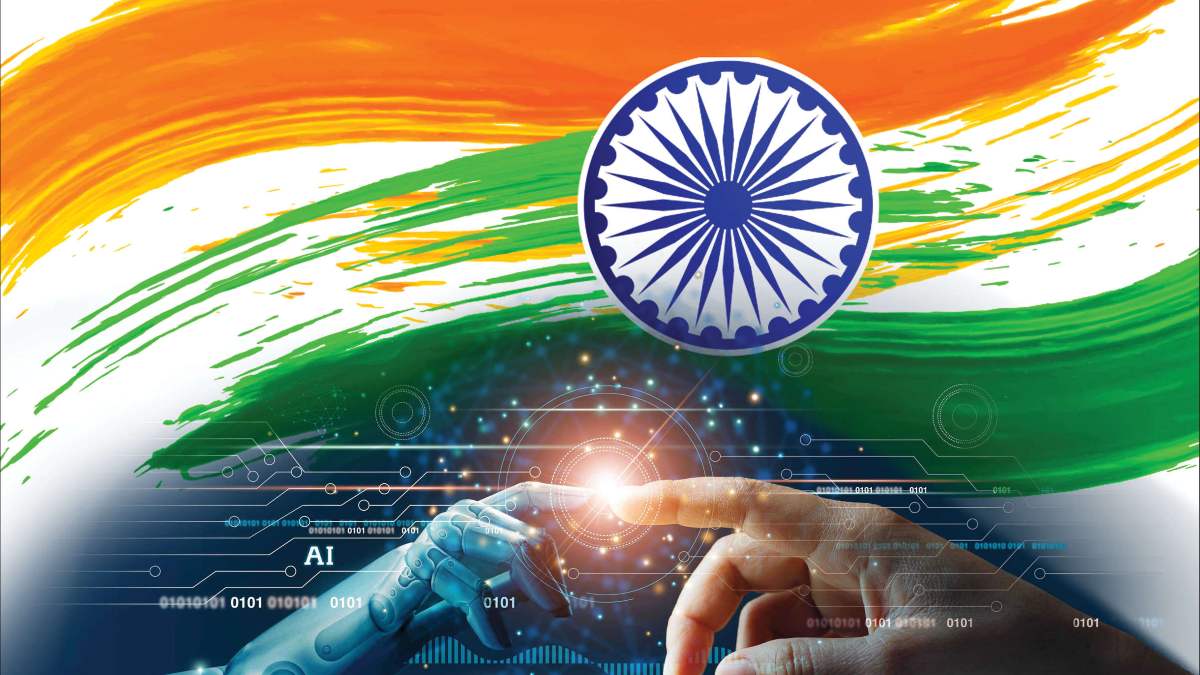Artificial Intelligence or AI has revolutionised technology. As a transformative technology with the power to change trends in the world, AI has dug its feet in various sectors. Be it healthcare, agriculture, education, or finance, AI is driving innovation, creating opportunities, and setting possibilities. The current trends in AI in India are tremendous, eye opening, and nothing sort of a sci-fi dream. Let’s explore how Artificial Intelligence is taking India by a storm and what are some aspects of it:
Current Trends in AI in India:
When we explore the adoption of AI in India, there are five major sectors to focus upon. Healthcare, agriculture, education, finance, and e-commerce are the areas where AI is setting precedence. Be it technological advancements, or revolutionary innovation, Artificial Intelligence is changing the dynamics in India. Read more to find out how AI is affecting the various sectors:
Healthcare
- Diagnostics: AI-powered diagnostic tools are being utilised to detect diseases such as cancer, tuberculosis, and diabetic retinopathy. Furthermore, AI’s role in these areas has provided high accuracy results.
- Telemedicine: Telemedicine or online circulation of medicine is being optimised and revolutionised by AI. This will result in a better future of the medical industry.
- Predictive Analytics: Predictive analysis by AI is used to predict disease outbreaks and patient outcomes. Moreover, this results in better allocation of resources, and overall treatment management.
Agriculture
- Precision Farming: AI technologies such as drones are used for crop monitoring, soil health analysis, and weather predictions. These aspects can change the future of agriculture.
- Smart Irrigation: AI systems are used to optimise water usage, increase output, and commodify the traditional approach to agriculture. By predicting the water needs of crops based on weather conditions, AI is revolutionising irrigation.
- Supply Chain Optimisation: By predicting demand, AI is enhancing agricultural supply chain. Moreover, it is aiding to the overall reduction of wastage, and improving logistics.
Education
- Personalised Learning: Through personalised learning models, AI is being used to provide tailor-made solutions for individual students.
- Automated Grading: AI in automated grading is ideal for providing real-time feedback, insights, and simplify the work of educators.
- Virtual Tutors: When it comes to education, AI is employed for virtual tutors who are available 24/7. These virtual identities are always present to assist students with their queries and provide an interactive learning environment.
Finance
- Fraud Detection: Banks and financial institutions are using Ai to detect fraudulent practices. Moreover, AI is further employed to strengthen security systems.
- Customer Service: AI chatbots, automated systems, and virtual assistants are streamlining customer service. Moreover, these tools are providing instant customer support, handling queries, and offering financial advice.
- Credit Scoring: Through AI, finance bodies can assess credit ranges and how it can be awarded. In addition, this analysis enables the access to credit for individuals and businesses.
E-commerce
- Personalised Recommendations: When it comes to e-commerce platforms, AI is being used to analyse algorithms and provide personalised solutions. For example, most e-commerce platforms are implementing AI to understand consumer trends.
- Inventory Management: AI in e-commerce also improves efficiency through optimised inventory management. It predicts demand and automates restocking processes, streamlining costs and workload.
- Customer Insights: AI tools help e-commerce businesses to understand costumer needs, demands, and preferences, and then produce marketing strategies accordingly.
